Area 121,000 km² | ||
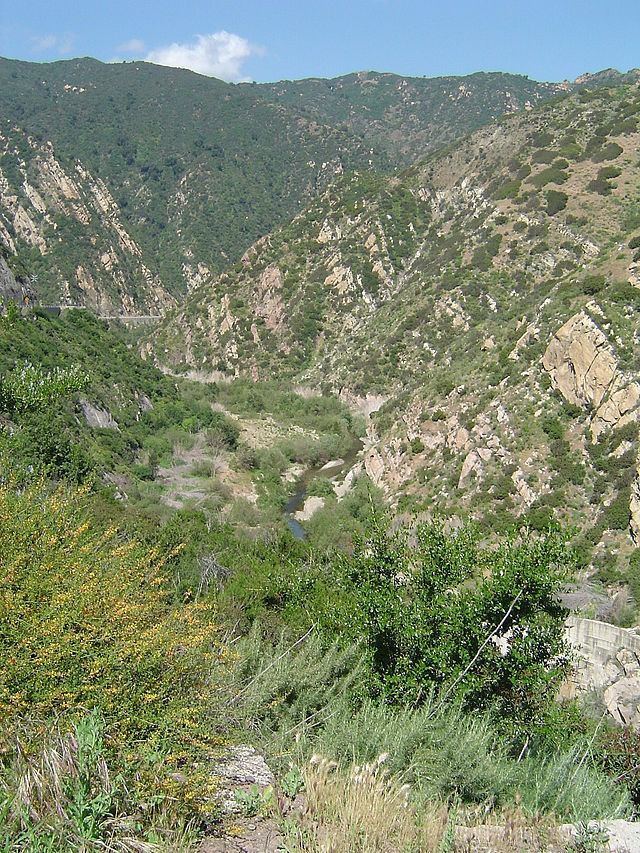 | ||
The California chaparral and woodlands is a terrestrial ecoregion of lower northern, central, and southern California (United States) and northwestern Baja California (Mexico), located on the west coast of North America. It is an ecoregion of the Mediterranean forests, woodlands, and scrub Biome, and part of the Nearctic ecozone.
Contents

Three sub-ecoregions
The California chaparral and woodlands ecoregion is subdivided into three smaller ecoregions.
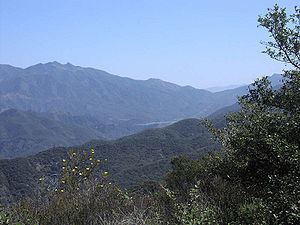
Locations

Most of the population of California and Baja California lives in these ecoregions, which includes the San Francisco Bay Area, Ventura County, the Greater Los Angeles Area, San Diego County, and Tijuana.
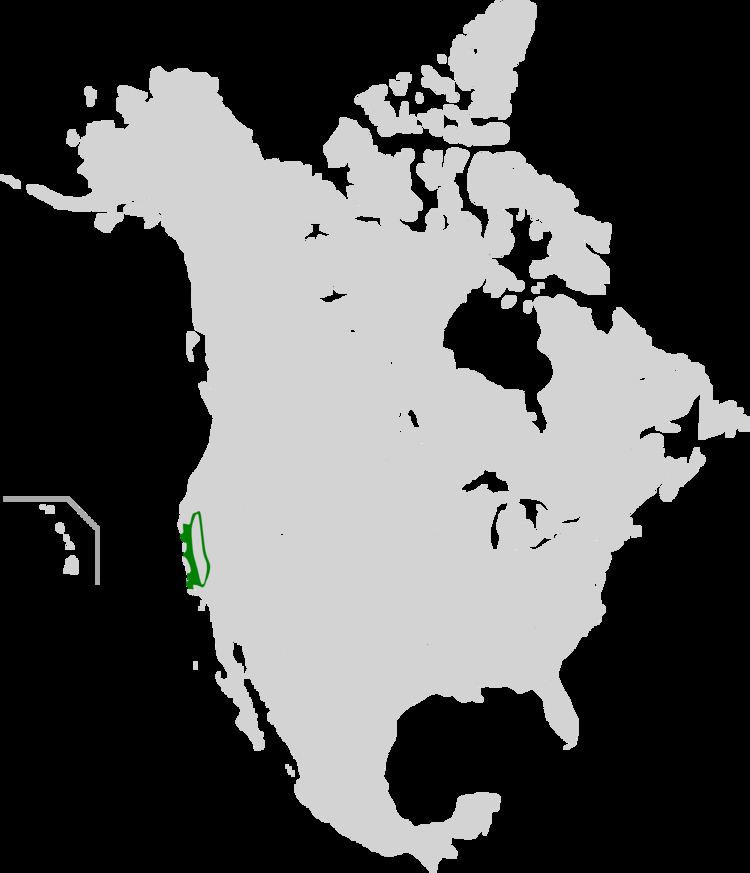
The California Central Valley grasslands ecoregion, as well as the coniferous Sierra Nevada forests, Northern California coastal forests, and Klamath-Siskiyou forests of northern California and southwestern Oregon, share many plant and animal affinities with the California chaparral and woodlands. Many botanists consider the California chaparral and woodlands, Sierra Nevada forests, Klamath-Siskiyou forests, and Northern California coastal forests as a single California Floristic Province, excluding the deserts of eastern California, which belong to other floristic provinces. Many Bioregionalists, including poet Gary Snyder, identify the central and northern Coast Ranges, Klamath-Siskiyou, the Central Valley, and Sierra Nevada as the Shasta Bioregion or the Alta California Bioregion.
Flora
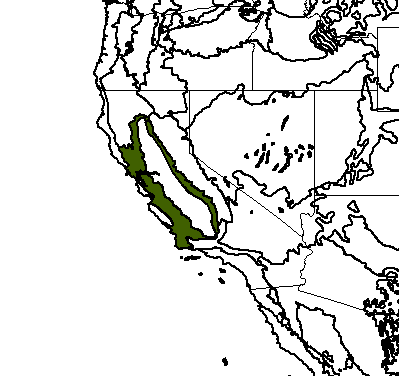
The ecoregion includes a great variety of plant communities, including grasslands, oak savannas and woodlands, chaparral, and coniferous forests, including southern stands of the tall coast redwood (Sequoia sempervirens). The flora of this ecoregion also includes tree species such as Gray or foothill pine (Pinus sabiniana), Scrub oak (Quercus dumosa), California buckeye (Aesculus californica), the rare Gowen cypress (Cupressus goveniana), the rare Monterey cypress (Cupressus macrocarpa), and a wealth of endemic plant species, including the extremely rare San Gabriel Mountain liveforever (Dudlea densiflora), Catalina mahogany (Cercocarpus traskiae), and the threatened most beautiful jewel-flower (Streptanthus albidus ssp. Peramoenus).
Fauna
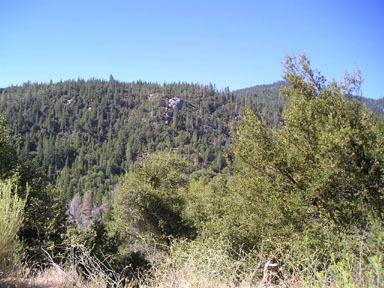
Species include the California gnatcatcher (Polioptila californica), Costa's hummingbird (Calypte costae), coast horned lizard (Phrynosoma coronatum), and rosy boa (Lichanura trivirgata). Other animals found here are the Heermann kangaroo rat (Dipodomys heermanni), Santa Cruz kangaroo rat (Dipodomys venustus), and the endangered white-eared pocket mouse (Perognathus alticolus).
Another notable insect resident of this ecoregion is the rain beetle (Plecoma sp.) It spends up to several years living underground in a larval stage and emerges only during wet-season rains to mate.
Fire
Chaparral, like most Mediterranean shrublands, is highly fire resilient and historically burned with high-severity, stand replacing events every 30 to 100 years. Historically, Native Americans burned chaparral to promote grasslands for textiles and food. Though adapted to infrequent fires, chaparral plant communities can be exterminated by frequent fires especially with climate change induced drought. Today, frequent accidental ignitions can convert chaparral from a native shrubland to nonnative annual grassland and drastically reduce species diversity, especially under global-change-type drought.
Human influence
The region has been heavily affected by grazing, logging, dams and water diversions, and intensive agriculture and urbanization, as well as competition by numerous introduced or exotic plant and animal species. Some unique plant communities, like southern California's Coastal Sage Scrub, have been nearly eradicated by agriculture and urbanization. As a result, the region now has many rare and endangered species, including the California condor (Gymnogyps californianus).
